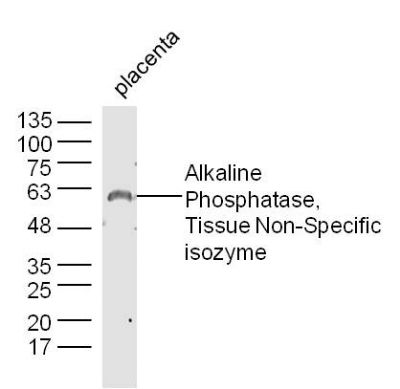Specific References (3) | SL1535R has been referenced in 3 publications.
[IF=4.545] Liu Y et al. The synergistic effect of NELL1 and adipose-derived stem cells on promoting bone formation in osteogenesis imperfecta treatment. Biomed Pharmacother. 2020 Aug;128:110235. IHC/IF ; Mouse.
[IF=1.931] Yongtao Li. et al. Effects of epigallocatechin gallate (EGCG) on the biological properties of human dental pulp stem cells and inflammatory pulp tissue. Arch Oral Biol. 2021 Mar;123:105034 WB ; Human.
[IF=5.595] Cao D et al. Hematopoietic stem cells and lineage cells undergo dynamic alterations under microgravity and recovery conditions.FASEB J. 2019 Feb 27:fj20362421RR. FCM ; Mouse.
